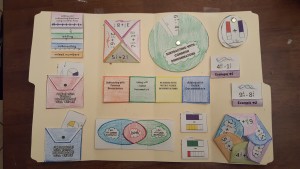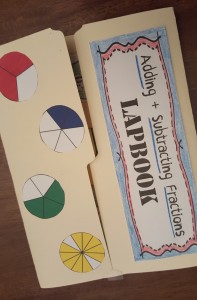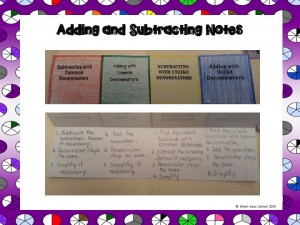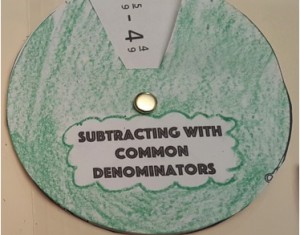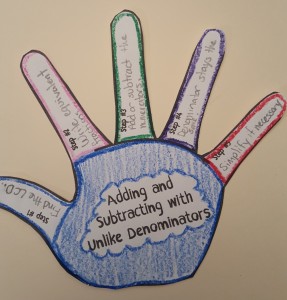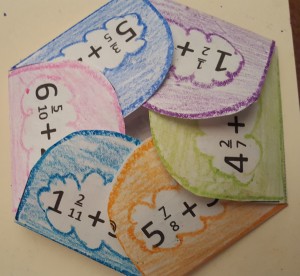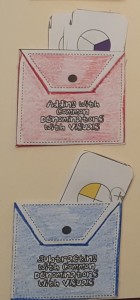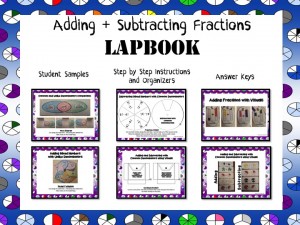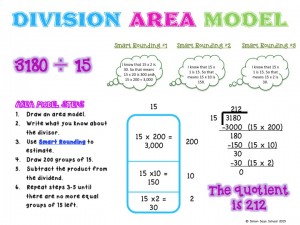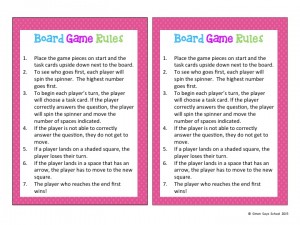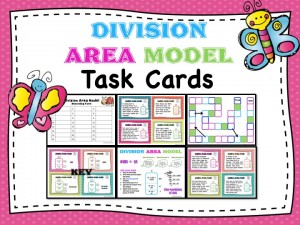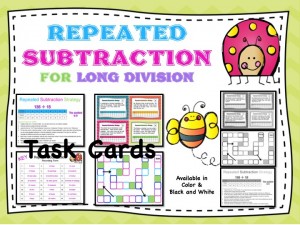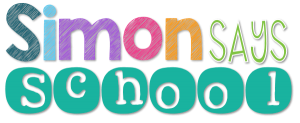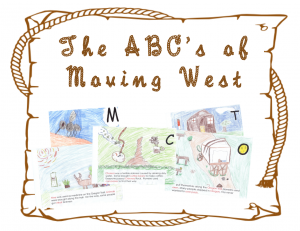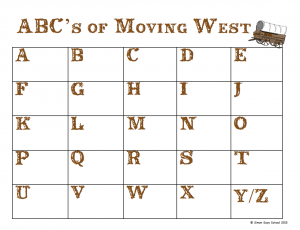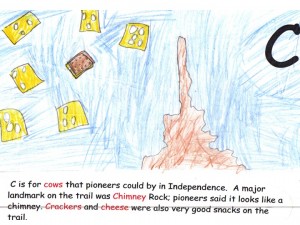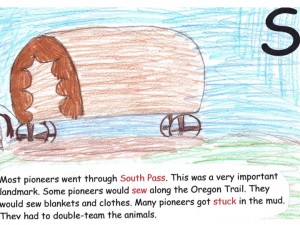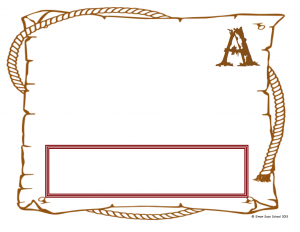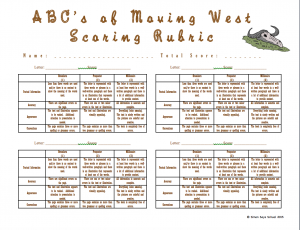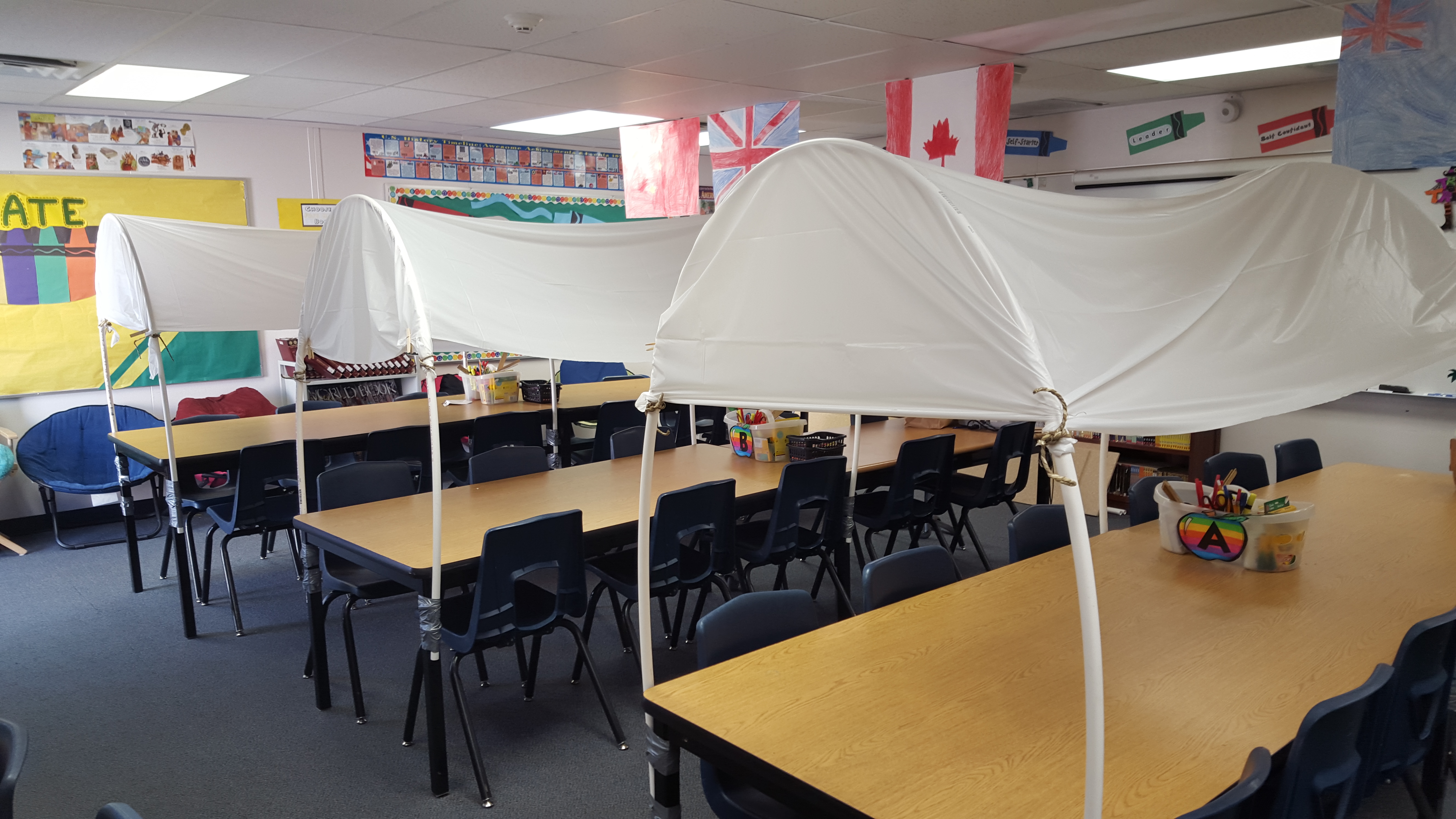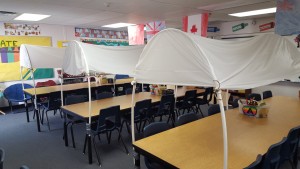My class is now in the midst of fractions. This is a huge (and I mean huge) standard in fourth and fifth grade! I currently use an interactive notebook for math but decided to change things up this year. I saw a great video online on lapbooks and decided to make my own to teach adding and subtracting fractions and mixed numbers.
My students have loved creating the foldables and inserting them into their lapbook. They constantly pulled it out as they worked independently and in small groups as an easy reference tool.
To begin, I had each student fold a manila folder so that both sides folded out from the middle. Then they created the cover and decorated it.
Next, I used Four Column Flipbook to review the steps to adding and subtracting using common denominators and then had the practice using the Visuals Envelope Pockets and number lines stackable book.
Once they had the basics down, it was time to introduce adding and subtracting mixed numbers with common denominators. Students loved making the wheel which made this sometimes tricky concept easier to grasp.
Now that students understood common denominators, we began adding and subtracting unlike denominators. This has always been a challenge in the past because so many concepts come together (LCD, equivalent fractions, +/- fractions, simplifying).
I used the flow chart and handprint to teach students the steps to +/- unlike denominators. I love breaking math concepts into simple easy to follow steps and had students put up each finger as we reviewed the rules on their own hands.. They then practiced using the swinging ovals which they put fastened together using a brad. Starting with visuals is always a great way to lay the foundation for abstract concepts.
Students continued to practiced using other organizers as they moved onto mixed numbers.
I definitely feel that that this lapbook was a great alternative to worksheets and interactive notebooks.
I included in this lapbook pack student samples, answer keys, and graphic organizers with step-by-step directions, so that other teachers who make this lapbook will have an easy and hassle free time.
Sometimes it is fun to change things up!


